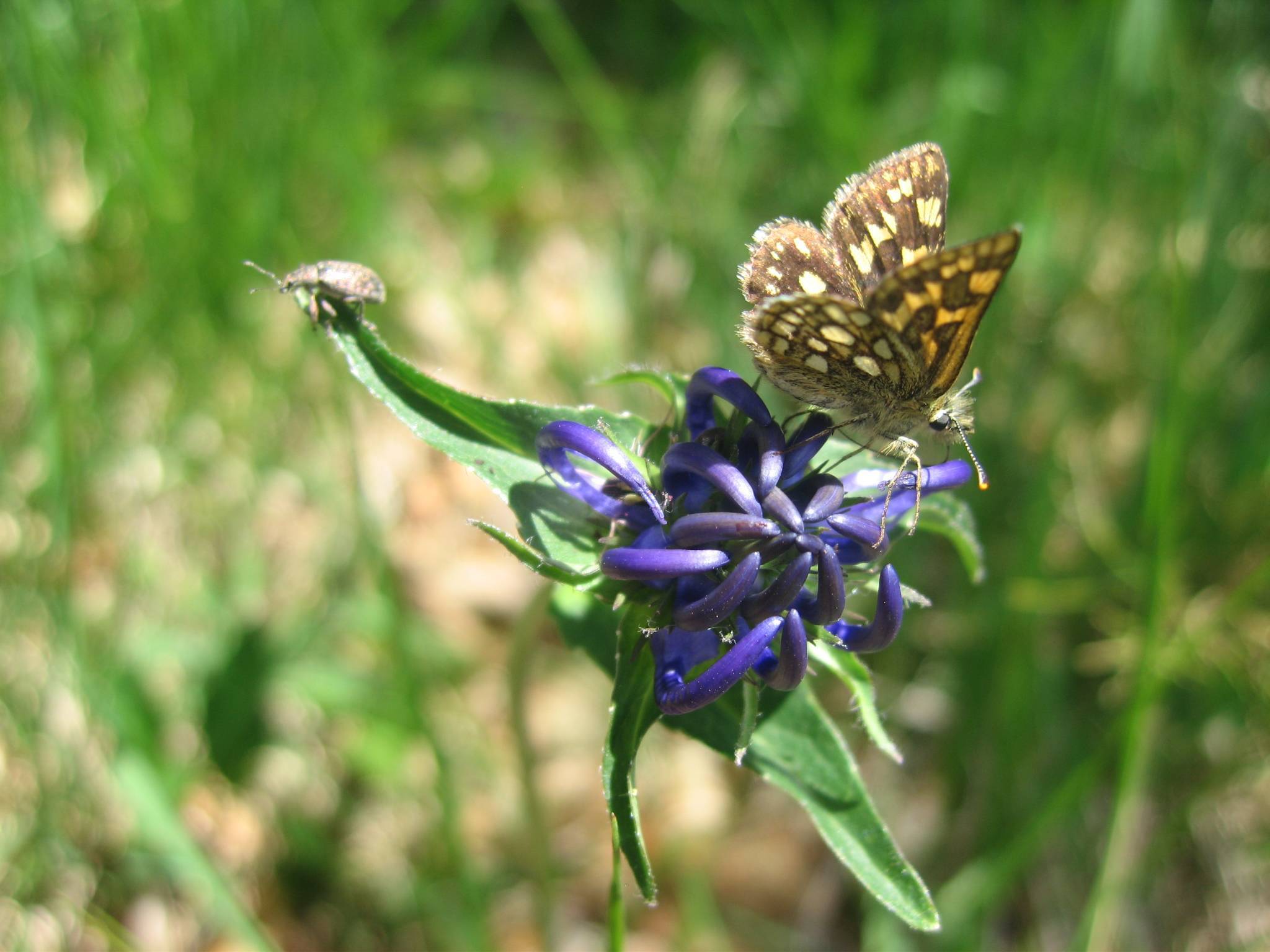In the northeast of Italy live at least 19 species of amphibians, a group of vertebrates very sensitive to different kinds of man-related environmental stress. In Italy, fortunately most of them are protected.
Attention is focusing on some kind of conservation problems because, in the context of north-eastern Italy vertebrates, amphibians are certainly the most sensitive and at risk: in fact, a particular attention is paid to monitoring and further development of distributive knowledge, with researches particularly aimed at defining the status of various rare and sensitive species. The creation, recovery and restoration of amphibians breeding habitats are also particularly important activities, especially if carried out through structural measures, which go beyond the emergency operations managed by voluntary associations. This complex action is accompanied by the creation of new reproductive habitats for local amphibians communities, both in some pre-alpine areas and in the lowland areas.
The conservation status of this animal class is quite good and does not show significant changes; among emergencies there is the scarcity of certain meadow species related to the Kras area, an environment that is rapidly disappearing because of the abandonment of many traditional activities such as grazing and subsistence coppicing.
COMMON TOAD
Of great size (5-7 cm males, females 7-12), the common toad has two large parotoid glands behind the eyes, splayed at the back. Its dorsal color is brown-ocher with blackish brown spots and speckles, yellowish-white belly, eyes with orange iris and horizontally elongated pupil. The skin is very tough and covered with conspicuous thorny warts (females) or nearly smooth (males). Small black tadpoles, young of 5-6 mm.
PIED SALAMANDER
Large terrestrial amphibian, it is recognizable by its large yellow or orange spots system that covers its shiny black body Older specimens of this species can easily exceed fifteen centimeters in total length. Behind the neck this salamander has two large parotoid glands, often with yellow spots, and has a rounded tail.
AGILE FROG
Medium sized red frog, it rarely exceeds 6 cm in total length. The belly and throat are always white, sometimes with pale spots and speckles slightly marked on mandibles. The hind legs are very long with a lemon yellow-colored groin. Variable dorsal coloration often iron gray-brown, more or less black spotted.
SLOWWORM
Small lizard without legs, it can reach 50 cm in total length and it has a typical snake-like appearance. Ocher-light brownish colored sometimes blue spotted (males), it can have also black streaks (young females). The species has a shiny appearance and a particularly rigid compactness. Its thin and large scales are attached to a tight bony-cutaneous plates and are strongly overlapped, forming a thin and elastic skin armor.
WESTERN GREEN LIZARD
Large lizard that can reach 40 cm in overall length. Its dorsal coloration varies between bright green and greenish brown, sometimes with two showy dorsal-lateral stripes (females and young). The ventral parts are yellow, with bluish or electric blue throat (males in love). Young are light brown with greenish-yellow belly and hips, babies with bright yellow throat.
HORNED VIPER
Snake of discrete size that rarely exceeds 80 centimeters in total length. The species has vertically elliptical pupil, back covered by heavily keeled scales and head protected by small scales of irregular shape. The horned viper has a clear soft prominence of 3-4 millimeters, from which derives its name. Dominated by pearly-gray or brownish tones, its body is crossed by a dorsal meander made of regular diamond shapes interconnected thanks to their largest angles. The males are very adversarial, females less and in many cases they are distinguished by the intense reduction of the dorsal meander.












